12 Days of Fitness For Christmas
14 Dec 2017
We are taking the Covid-19 virus seriously. We are going to continue to monitor the situation and will follow all of the recommendations of the American Medical Association (AMA) and the American Physical Therapy Association. (APTA)
We are taking tangible steps to help prevent the spread of disease and protect our patients and staff.
Thank you for your help and understanding,
Sincerely,
Dr. Robert and the PTS Staff
BY: Todd Hubbs
Uncategorized
COMMENTS: No Comments
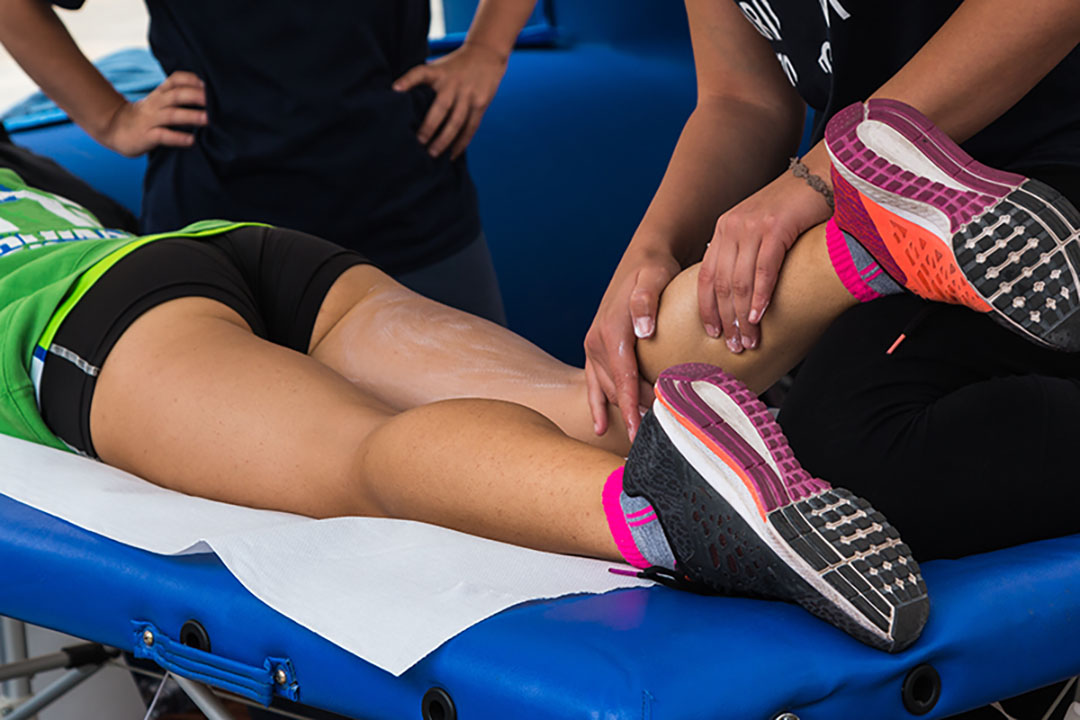 25 Sep 2019
25 Sep 2019
Over the last decade, physical therapy has changed in many different ways. The reasons for these changes are due to a variety of different trends in health care, insurance reimbursements, and new discoveries in treatments. Most people think physical therapy is only for people with injuries, however, it offers much more; the value of the care depends on the physical therapist’s training and expertise.
Pain affects movement, in turn causing compensatory movements to avoid that pain.
Pain is a complex response to a perceived threat, like an alarm system that notifies you to do something because of damage being caused. It does not indicate the degree of tissue damage, however.
Take, for example, a paper cut on your index finger. The pain level from the cut is substantial, however the amount of tissue damage is minimal. It goes without saying that when the tissue damage is substantial, such as a broken bone, pain levels are also high. We are not able to distinguish the magnitude of damage through our pain response.
All bodily actions are governed by our Central Nervous System (CNS), and all action is only possible through the body. Examples of actions we take that are governed by the Central Nervous System are our ability to breathe, digest food, think, and walk.
The CNS includes all parts of the brain, spinal cord, and nerves. Our brain is equipped with a GPS system of every body part, and it’s associated joint and muscle groups. This GPS consists of a representation in our minds of our body and it’s movements. This representation becomes blurred or smudged when we experience pain in the area, and movements will then become impaired or difficult because the brain’s GPS system has been altered.
The true purpose of physical therapy should be to improve the central nervous system’s sensitivity to pain, thereby restoring movement to the affected group without consequence. In fact, treating pain in this way treats the neurophysiological cause of the pain, in addition to the tissue damage. Exercise is one of the important components of this process.
When pain occurs the brain creates “neuro-tags”, which are pain memories that associate pain with the movements that cause those pain. Therefore, pain is a learned response that can be amplified with recurrent painful experiences, causing fear and avoidance of certain movements. This leads to a vicious cycle of stiffness, pain, and loss of functional mobility.
Manual Therapy consists of techniques that may appear very simple, however, when applied properly they can be extremely effective. Examples include myofascial release, instrument assisted soft tissue mobilization, dry needling, vibration therapy, KT Taping, thermotherapy, and laser therapy. Our goal in manual therapy is to change the pain threshold and to retrain the brain’s reception to movement. Manual techniques help improve pain threshold for a certain period of time.
These treatments, consisting of stretching, elongation, muscle contraction, and joint compression, create a window of time where the brain is not perceiving a threat, however, it is sending a pain signal out. Without a perception of threat, a patient can move or load the tissues with minimal discomfort.
Most people think physical therapy is exclusively helpful to people with injuries, however, this is not true. These treatments can be helpful in optimizing the pain threshold regardless of the existence of an injury.
If you are frustrated with living in constant pain and would like to live a pain-free active lifestyle again, give our physical therapy practice a call at 714-528-9400. We are here to listen to your needs and to come up with a personalized plan of action which is designed to get to the core issue of the pain and not just the symptoms. We offer free pain consultations, so start your path to recovery today.
BY: Todd Hubbs
Uncategorized
COMMENTS: No Comments
Mobility is the foundation of movement. If joint and muscle are stiff, it is often difficult not only to move but also coordinate a series of movements like walking or climbing stairs. If you break down the act of stepping up on a curb with your L leg, you need good range of motion in both ankles and hips. The pelvis also needs to rotate around your hip as you step up. Shoulders and mid back also need mobility to rotate and counterbalance your lower half. As you can see, just the act of stepping or walking successfully not only requires mobility, but coordination and balance. If any of the following exercises are too challenging to complete, it may be time to follow up with a visit to your favorite physical therapy clinic.
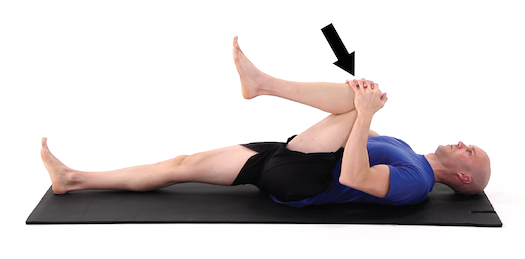
Setup
Movement
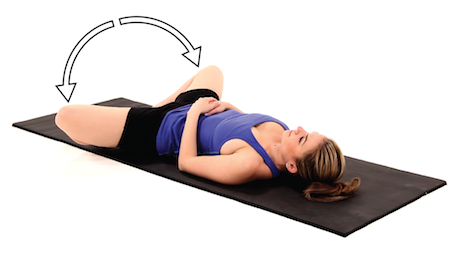
Setup
Movement
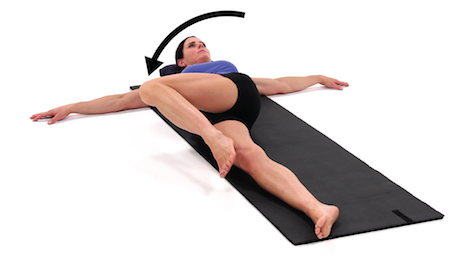
Setup
Movement
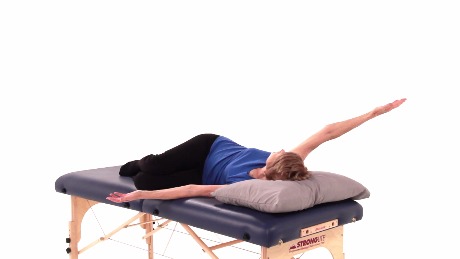
Setup
Movement
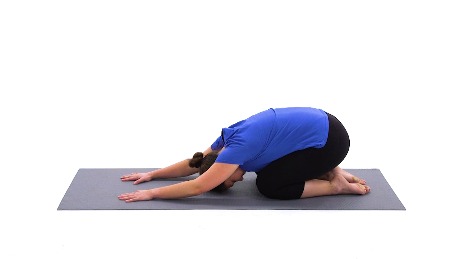
Setup
Movement
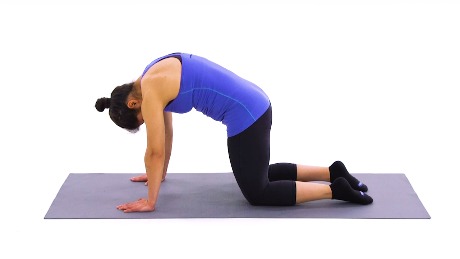
Setup
Movement
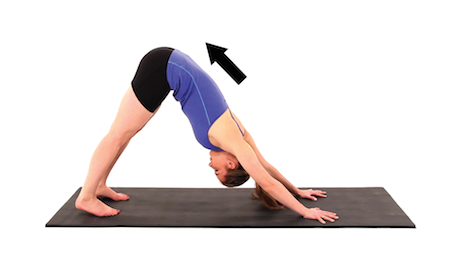
Setup
Movement
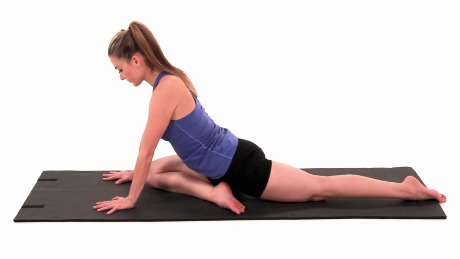
Setup
Movement
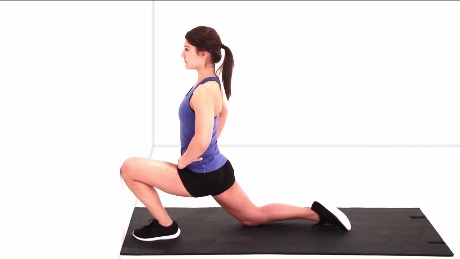
Setup
Movement

Setup
Movement

Setup
Movement
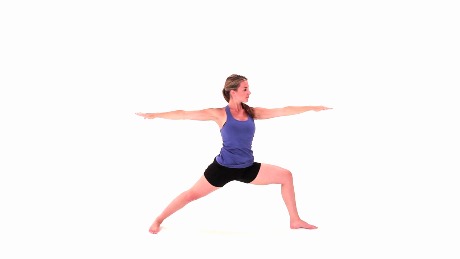
Setup
Movement
If any of the following exercises are too challenging to complete, it may be time to follow up with a visit to your favorite physical therapy clinic.

BY: Todd Hubbs
Uncategorized
COMMENTS: No Comments

Plantar Fasciitis is an inflammatory condition of the the tough connective tissue that spans from the heel to the toes. Because this tissue is not very elastic, it often becomes irritated when it is overstretched due to over pronation often seen in feet that have collapsed arches. Other causes of irritation may be related to tight calf muscles, stiff ankles, improper fitting shoes, or excessive amounts of running or walking.
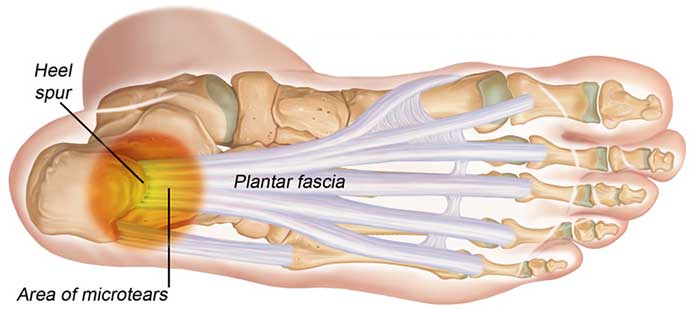
Symptoms may include burning pain in the heel or arch, stiffness in the morning, difficulty walking or standing for prolonged periods of time. Symptoms can last weeks to months. There is no “golden rule” for treatment. Self-treatments may include changing to a better pair of shoes, wearing orthotics, applying ice, or stretching the calf muscle.
Medical treatment may include ultrasound, laser, iontophoresis, steroid injections, and sometimes surgery. These kinds of treatments, however, may only provide temporary relief. The solution to finding the right treatment is finding the source of the problem. More often than not, the foot is being placed in an abnormal loading position when walking or running. Imagine what would happen if the alignment of your car tires were off their normal axis of movement. Abnormal alignment results in an excessive breakdown of the outer or inner edges of the tire. Similarly, when your foot strikes the ground, its placement depends on the biomechanics of the knee, hip, pelvis and rib cage. If any of those structures are not moving correctly, it will cause abnormal loading of the foot. Muscle tightness or weakness in the joints above the ankle will create abnormal compensational movement patterns of the lower leg. Our Physical therapists are specially trained to be able to identify and correct these patterns.
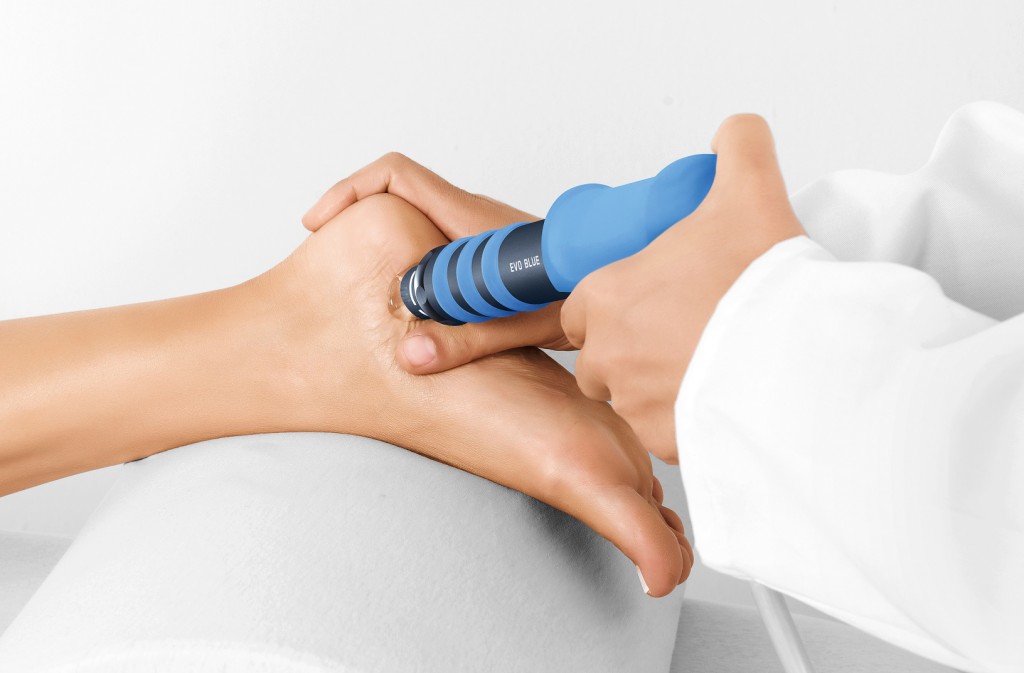
BY: Todd Hubbs
Uncategorized
COMMENTS: No Comments
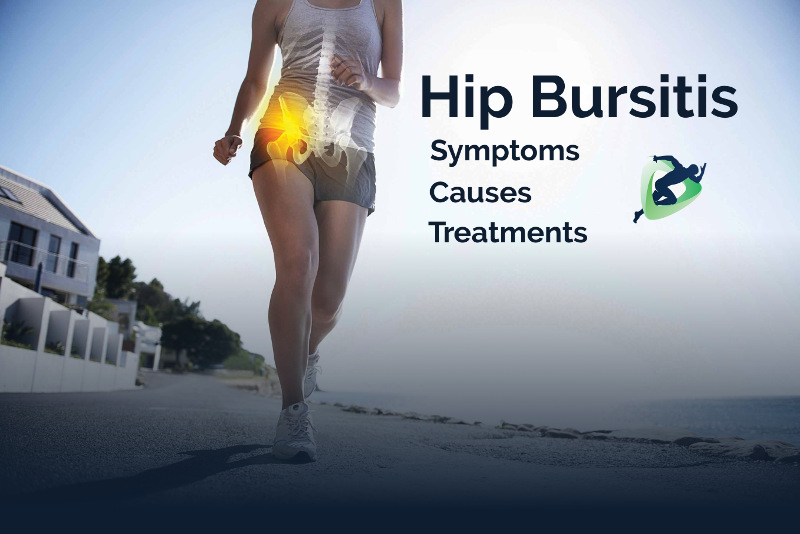
Hip bursitis or trochanteric bursitis is inflammation or irritation of the thin cushion (bursa) that lays underneath a tendon along the side of your hip. It typically causes pain and tenderness on the outside of the upper thigh.
Repeated activities like running or walking and injuries like a fall can cause the trochanteric bursa to become inflamed and painful. Tenderness over the area, pain lying on your side, or worsening symptoms at night are common complaints. Climbing stairs, getting up from a chair, or sitting for long periods can also increase the symptoms of trochanteric bursitis.
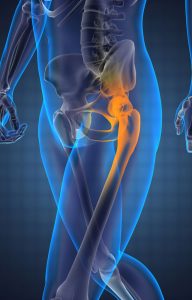
Therapy can help you recover from trochanteric bursitis by helping you reduce the pain around the bursa and teaching you how to protect the area while healing. You can also learn exercises for stretching and strengthening that can help you return to your usual activities.
Typically the underlying cause of bursitis is due to faulty movement patterns of the pelvis and hip. Tight muscles can compress and create excess friction over the bursa creating inflammation and pain.
Weak hip muscles can also cause compensations in hip and knee movement creating overloading along the outside of the hip.
At Physical Therapy Specialists – Orange County we perform a comprehensive examination of the lower back, pelvis, and hip in order to identify faulty movement patterns, stiffness in the specific tissues or joints, weakness of the primary pelvic and hip stabilizers, and compensatory overactive muscles. We combine manual hands-on treatment, corrective exercises, and PT technology to successfully treat hip bursitis.
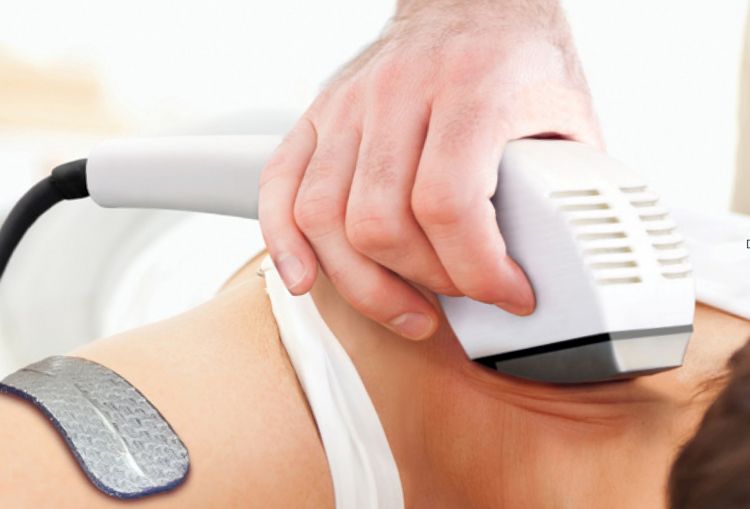
BY: Todd Hubbs
Uncategorized
COMMENTS: No Comments
 17 Aug 2017
17 Aug 2017
Whether you’re shopping for your own insurance or going through the benefits selection process with your employer, choosing the right plan can seem like an overwhelming task. While we can’t tell you which specific plan to choose, the following questions should help you with the selection process.
This is the monthly amount you pay for coverage. The lower it is, the higher your deductible will typically be. Plans with low premiums and high deductibles often are called “catastrophic” plans. Conversely, higher premium plans often feature lower deductibles, copays, and coinsurances.
This is the total amount you must pay each year before your insurance begins to pay. For example, if your deductible is $4,000, then you must pay $4,000 toward deductible-applicable services before your insurance will pay anything. Once you reach your deductible, your copay or coinsurance will apply.
High co-pays are another common drawback to low-premium plans. Remember, the copay applies even after you have met your deductible, and the copay for specialist visits—including PT visits—can be as high as $80. So, if you anticipate a lot of office visits during this plan year, you will definitely want to factor the copy into your decision process.
As previously noted in this document, coinsurance is another version of cost-sharing. So, you’ll likely have to pay either a coinsurance or a copy. However, while co-pays are fixed amounts—and thus, are more predictable—coinsurances are percentages. Therefore, your financial responsibility varies based on how much your provider charges for the services rendered.
Some insurance plans (e.g., PPOs, HMOs, and EPOs) are limited to a certain network of providers. So, make sure you have a good selection of covered providers and facilities in your area. If you travel frequently or live in a rural area, you may want to choose a plan that has no network restrictions.
If your insurance plan requires you to obtain a referral before seeing a specialist (e.g., a physical therapist), and you fail to do so, the insurance company may deny coverage for services rendered. So, if you do not want to go through a primary care provider (e.g., your family physician) each time you want to see a specialist, make sure your plan does not require a referral (a.k.a. prescription) for specialist services.
In this case, “X” represents a specific type of service (e.g., physical therapy, occupational therapy, or chiropractic). Some plans place a limit on the number of covered visits per year (e.g., 20 visits), while others allow for unlimited visits. If you’re athletic, have chronic joint pain, or anticipate needing a joint replacement in the near future, you may not want any restrictions on the number of rehabilitative visits allowed.
Medicare only pays 80% of the cost of care, so many Medicare beneficiaries seek secondary insurances to pay the other 20%. However, even those plans often feature deductibles, copays, coinsurances, or visit limitations. Thus, we recommend posing all of the above-listed questions to any secondary insurances you are considering.
Higher-premium plans are generally better for individuals who expect to receive medical care on a regular basis. Lower premium plans will save those individuals money monthly, but those savings won’t make up for the cost-sharing portion.
The self-pay rate for all follow-up visits at Physical Therapy Specialists is $90. Because an insured patient with a deductible may have to pay $75 or more for the same service, many insured patients ask if we can essentially “pretend” they are uninsured. However, if we contract with your insurance company, we are obligated to honor that contract—which means we must bill your insurance for services rendered. Some contracts also prohibit us from providing discounts or waiving patient financial responsibility (e.g., copays or coinsurances). That said, if we do not contract with your insurance, or if you have exhausted your benefits for the year, then you may be eligible to receive services on a cash-pay (i.e., self-pay) basis.
| Physical Therapy Specialists is in-network with: | |
|
|
BY: Todd Hubbs
Uncategorized
COMMENTS: No Comments
14 Dec 2017
22 Nov 2017
